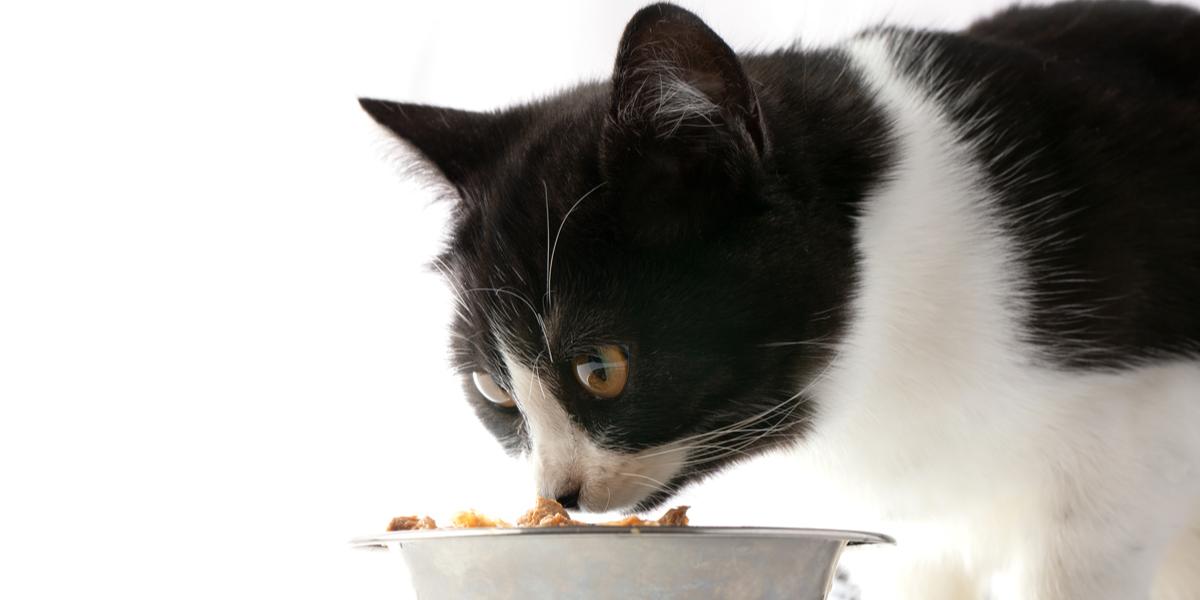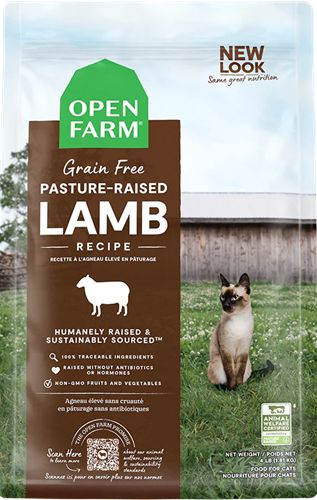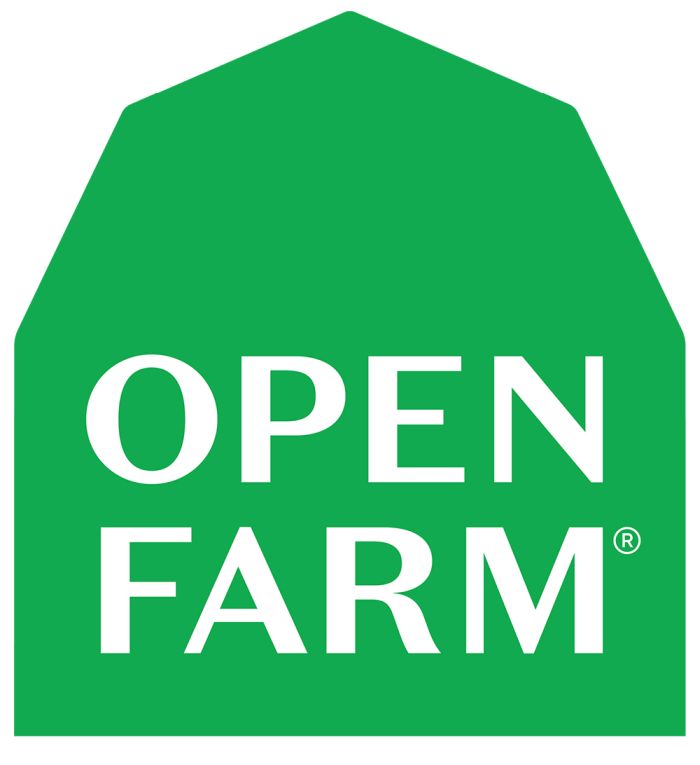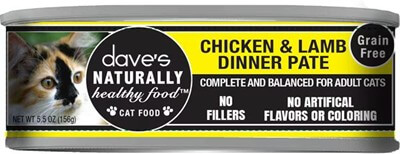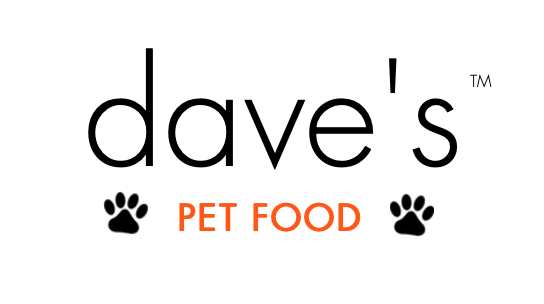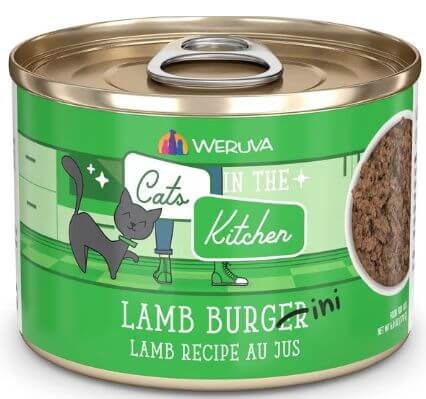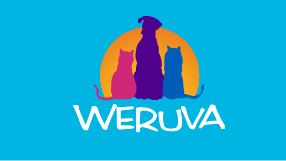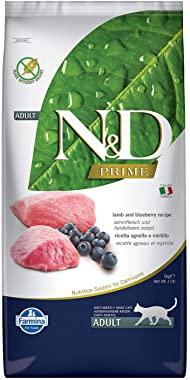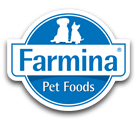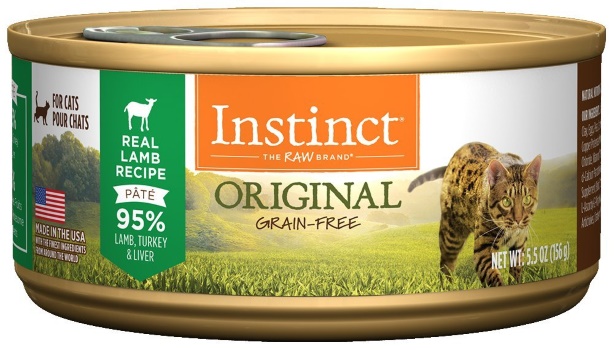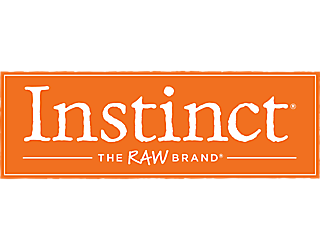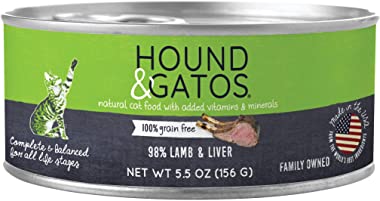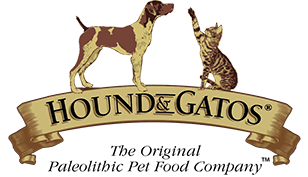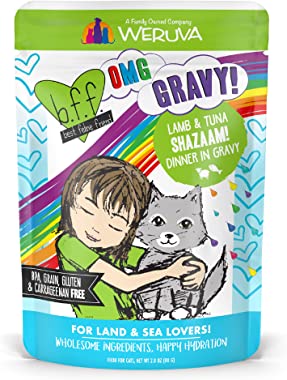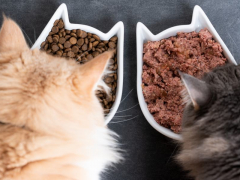Lamb is becoming a popular ingredient in cat food, especially with reputable pet food manufacturers popping up in places like New Zealand where lamb is common.
As an animal-based protein, lamb is a species-appropriate choice, but it might not be the best option for every cat. It’s expensive and it tends to be high in fat which could be a problem for cats who are struggling to maintain a healthy weight.
In this guide, we’ll discuss whether lamb is healthy for cats and why it might be a good alternative to common proteins like chicken and beef. You’ll also see our recommendations for the best cat food with lamb on the market.
At A Glance: Best Cat Foods With Lamb To Buy




Want a quick look at the best cat foods reviewed in this article? In the comparison table below, we’ve highlighted some of the most important features of each product. You’ll find more detailed information about each product later in the article.
Open Farm Pasture-Raised Lamb Dry Cat Food
- Three animal-based proteins
- Herring oil provides omega-3 fatty acids
- Human-grade and sustainably sourced
Dave’s Pet Food Naturally Healthy Chicken with Lamb Dinner Canned Cat Food
- Meat-based recipe with over 36% dry matter protein
- Rich in moisture to support your cat’s hydration
- Free from artificial additives
Weruva Cats in the Kitchen Lamb Burgini Lamb Au Jus Grain-Free Canned Cat Food
- Contains nearly 60% dry matter protein
- High moisture content, supports hydration
- Cats seem to enjoy the soft, minced texture
Farmina N&D Grain-Free Lamb & Blueberry Dry Cat Food
- Eight animal ingredients in the top 10
- Omega-3s from fish and fish oils
- Low glycemic, good for diabetic cats
Instinct Original Grain-Free Pate Real Lamb Recipe Canned Cat Food
- Top five ingredients are all animal-based
- Relies primarily on animal fat from tuna fish oil
- Low carbohydrate content
Hound & Gatos 98% Lamb & Liver Formula Grain-Free Canned Food
- Extremely limited list of main ingredients
- Contains muscle meat and liver
- Contains no added carbohydrate
Weruva BFF OMG Pouches Shazaam! Lamb & Tuna Dinner in Gravy Cat Food
- Two animal proteins as main ingredients
- Rich in moisture to support hydration
- Adds flavor and protein to your cat’s diet
Why Should You Trust Us?
Over the last several years, we’ve spent countless hours testing the most popular pet products on the market, including cat food, cat treats, cat litter, and more. We’ve written in-depth reviews of our favorite brands as well as dozens of roundups to help you choose the right product for your cat.
Having reviewed 230 of the world’s most popular cat food brands and hundreds of formulas. We spent hours researching, contacting pet food companies, and analyzing labels. With the help of our cats, we also got hands-on experience with many popular cat foods.
Because my cat Biscuit is allergic to chicken, I’ve worked my way through a number of different proteins over the years. Lamb is one of the many I’ve tested and all three of my cats always seem to enjoy it.
Is Lamb Healthy For Cats?
Protein is the most important element in a healthy diet for cats. More than just making sure your cat gets the protein he needs, however, you must ensure that the majority of that protein comes from animal sources.
Your cat is a carnivore which means his body is biologically evolved to process animal products. His body derives nutrition from poultry like chicken and turkey as well as meats like beef and pork. Fish isn’t the most species-appropriate protein source for cats, but it gets the job done. Aside from common proteins like these, there are novel options like lamb.
Lamb is the meat derived from domestic sheep. It contains about 200 calories per 100 grams with 27 grams of protein and around 10 grams of fat. It also contains significant amounts of potassium, iron, vitamin B6, zinc, and magnesium.
All lamb has a similar nutritional profile, though there are some differences depending how the lamb is raised. This is particularly true when it comes to fat.
Lamb comes from young sheep. In the United States, the meat from sheep under 14 months old can be sold as lamb while, in New Zealand, the sheep must be under 12 months old. The meat from older sheep is called mutton. Lamb is traditionally grass-fed, though it is sometimes grain-finished in the United States. Grain finishing helps increase the fat content of the lamb to improve flavor.
When it comes to lamb in cat food, flavor is less of a concern than nutrition.
Grass-fed lamb tends to be much higher in omega-3 fatty acids than grain-fed lamb – at least 25% higher. In fact, lamb represents a more significant source of omega-3s than fish in certain parts of the world with limited access to coastlines. To give you a direct comparison, grass-fed lamb contains roughly 50% the omega-3 content of fatty fish like cod and tuna on an ounce-for-ounce basis.
Aside from providing for your cat’s nutritional needs in terms of protein, fat, and essential nutrients, lamb has another potential benefit: it is a novel protein for many cats.
Cats have the potential to develop food allergies at any time in their lives, but only to foods they’ve been exposed to. If your cat develops an allergy to the primary protein in his diet, you’ll need to find an alternative. This can be tricky if you’re feeding your cat a multi-protein recipe.
To identify food allergies, it’s necessary to complete a food trial using an elimination diet. This is simply a cat food that doesn’t contain any of the proteins from your cat’s previous diet.
After feeding your cat this diet for 6 to 8 weeks, you can see whether his allergy symptoms disappear. If they do, you’ll have confirmed that the allergy exists, and you can go about reintroducing potential allergens one at a time to identify the trigger. As an alternative, you can simply keep feeding your cat a recipe that doesn’t contain any of the proteins from his previous diet.
Lamb is a popular ingredient for elimination diets because it’s one many cats haven’t had before. Lamb is a much more expensive ingredient than chicken or beef, so it isn’t one food manufacturers are going to use unless they can charge more for it.
It might not be a practical choice for every cat owner, but if you find yourself in need of a cat food made with a single source of protein – one that isn’t already part of your cat’s diet – lamb is an option to consider.
The Best Lamb Cat Foods: Our Top Picks
Now that you understand the basics of lamb food for cats and some of the cases in which it might be recommended, you’re ready to see our top picks.
As you review the recipes below, keep in mind that not all of them are single protein formulas. If your cat has food allergies, it’s wise to double-check the list of ingredients to make sure the recipe doesn’t contain the ingredient he’s allergic to.
If you’re just looking to change up your cat’s diet, however, you may not need a recipe made with lamb as the only animal protein.
Final Thoughts
What protein you choose for your cat’s diet matters less than the overall protein content. Because cats are obligate carnivores, they require a meat-based diet balanced with healthy sources of animal-based fat. Lamb is a nutritious choice and may also be a good option for cats with allergies to other proteins.
When shopping for lamb-based cat food, choose a recipe that contains lamb as the first ingredient. Even better if it contains lamb organs and ground bone within the top 5. If your cat doesn’t have allergies, other sources of animal protein are beneficial as well.
Avoid recipes that contain too many plant ingredients, especially starchy beans, legumes, and pulses. Not only do these ingredients increase the carbohydrate content of the recipe, but they’re difficult for cats to digest.
Use your knowledge of cat nutrition to make a healthy and species-appropriate choice for your cat. If you’re not sure where to start, try one of the lamb cat food recipes reviewed above.
Learn more about your cat’s nutritional needs in this in-depth guide.
